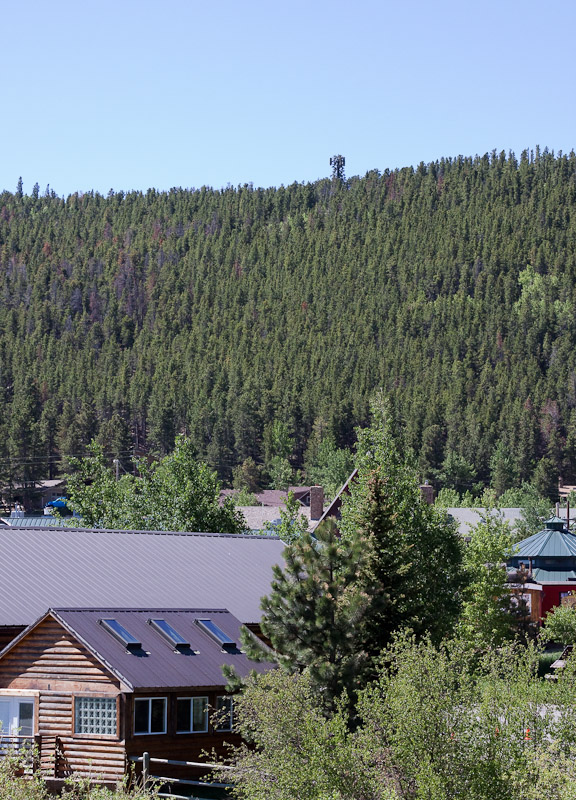In its basic form, bread is very simple: water, flour, yeast and a little salt. Perhaps that’s why I like baking my own bread, it’s so simple but so nuanced. Beer, which contains similar ingredients comes to mind, too.
I’ve been making my own bread since the invention of the bread machine, ten or fifteen years ago. I had made bread prior to that, but I wasn’t a fan of the kneading process and the whole process seemed too complicated. The bread machine taught me a lot of things. I think the main thing it taught me was there is nothing critical about making bread. Cookbooks always made bread sound more like a chemistry experiment with tightly controlled parameters. Granted the bread machine does keep track of time and temperature, but that’s just because it can. Bread has been made for many centuries without timers and thermometers. The other thing the bread machine taught me is that fresh bread dough, since it was easy to make, makes a huge difference in things like pizza or cinnamon rolls, and lately I use bread dough in place of pastry dough in fruit cobblers.
But with time, the bread machine’s program kept getting in the way. It was either kneading too much or too little. Sometimes I wanted a longer rise time. There was no way to control these things. While I still have a bread machine, lately I prefer my food processor and its dough blade for kneading and the old fashioned approach of using bowls and bread pans (depending on the dough sometimes I’ll bake it directly on my pizza stone). With the food processor, I can easily control how much kneading the dough needs and kneading only takes a few minutes at most.
It’s Alive!
I used to think yeast was finicky. Nah. It’s simple and not very demanding. Once reanimated from its powder form, it will live as long as doesn’t get too hot and has something to eat. Once, I had a sourdough starter I kept alive for nearly 8 months. And the only reason it didn’t last longer was some other yeast or bacteria started living with it, which didn’t make very good tasting bread.
When the bread is rising, the yeast are busy making baby yeast, eating, belching and making alcohol. This process gives bread its flavor. I’ve learned not to rush this process. But it does require some babysitting. The yeast don’t have legs and once they eat the food in their immediate area, they starve and die unless you “punch down” the bread and redistribute the yeast. I think what makes bread smell so good while baking is the evaporation of the alcohol made by the yeast. With the long winters here, I look forward to turning on the oven to warm the house and making a fresh loaf of bread.
My town used to have a bakery that made fresh bread daily. That was until eating carbs became bad. I’m here to say that carbs are not bad. The problem is American’s eat too many carbs, too much junk, too many processed foods. If you remove the junk and the processed foods, there is plenty of room for bread. Maybe one day when I’m done being an engineer, I’ll open a bakery/pinball arcade/record store/teahouse. Hmm… with the exeption of pinball, it sounds like my home.

